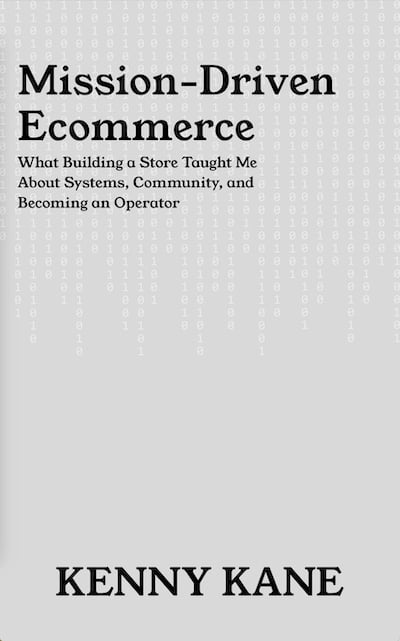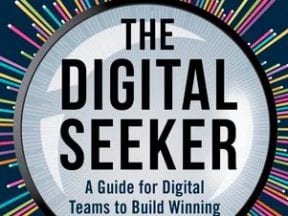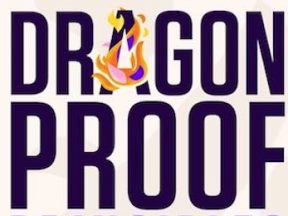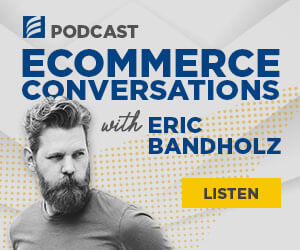Editor’s note: Kenny Kane is the CEO of Testicular Cancer Foundation and a longtime cause-based ecommerce entrepreneur. He’s also a former Practical Ecommerce contributor. His book, “Mission-Driven Ecommerce,” is newly published. What follows is the book’s introduction.
Building Something People Want to Wear
Before I ever sold a t-shirt online, I learned about customer service behind a pharmacy counter.
I was fifteen years old, working at a small independent pharmacy on Long Island. The previous pharmacy had been a Main Street fixture for thirty years before CVS bought them out and shut the doors overnight. Our job was to rebuild trust with customers who’d been abandoned, one prescription at a time.
What I learned there shaped everything I built afterward: customer service isn’t about transactions. It’s about understanding that every person who walks through your door is part of a larger ecosystem. They have families worried about them, doctors depending on accurate information, neighbors who help with rides. When you serve one person well, you’re actually serving an entire network of relationships around them.
That principle — seeing beyond the immediate transaction to understand the whole system you’re serving — became the foundation for how I approached building an ecommerce store years later.
The first product I ever sold online was a white Gildan 5000 t-shirt with “Stupid Cancer” printed across the front. I charged $20. I had no inventory system, no marketing funnel, no supply chain. I packed and shipped every order by hand from our Tribeca office in Lower Manhattan.
That one shirt sparked something I never imagined: a six-figure ecommerce operation that turned customers into walking billboards, funded programs that mattered, and became one of the most exciting things I’d ever built.
It was March 2012. I was 25 years old, serving as Chief Operating Officer of Stupid Cancer — a nonprofit supporting young adults affected by cancer. I wore a lot of hats: program director, operations manager, customer service rep. And now, apparently, ecommerce entrepreneur.
I was so excited to be working at Stupid Cancer and building something big. The organization had bold ideas about changing how the world talked about young adult cancer. “Stupid Cancer” wasn’t a safe name. It wasn’t committee-approved nonprofit speak. It was provocative, memorable, and exactly what our community needed to hear.
Stupid Cancer’s mission is to end isolation for adolescents and young adults with cancer and make cancer suck less. The store became an unexpected tool for that mission — every shirt someone wore became a conversation starter, a way to find other young adults going through the same thing, a statement that you weren’t alone.
We’d been selling merchandise through CafePress, the print-on-demand platform, but the profit margins were razor-thin, and we had zero control over quality or fulfillment. I knew we could do better. But here’s the catch: we were a nonprofit. Donor dollars couldn’t fund a merch line. Every t-shirt I ordered had to be paid for with money we didn’t have yet, from customers who didn’t know we existed.
So I started small. One design. One color. One product. I scraped together enough cash to order a small batch, had them printed, and listed them on our newly launched Volusion store.
Then I waited.
That waiting didn’t last long.
The first order came in. Then another. Then ten more. The Stupid Cancer community — bold, passionate, and proud — didn’t just want to donate to our cause. They wanted to wear it. They wanted to make a statement. Our messaging was never subtle, and neither was our audience’s desire to be seen.
Before I knew it, I was fulfilling dozens of orders a week. Then hundreds. We added new designs — short sleeves, long sleeves, raglans, hooded sweatshirts, beanies. We experimented with different materials and colorways.
And here’s the thing: I wore our products almost every day. Not because I had to, but because I genuinely loved them. I didn’t want to create products I wouldn’t wear myself. That authenticity mattered. I became a walking billboard, and when people asked about my shirt, I could tell them the story with genuine enthusiasm.
The store wasn’t just generating revenue. It was creating advocates. Every customer who bought a shirt became a conversation starter. Every person wearing our gear was sparking discussions about young adult cancer in places those conversations didn’t usually happen — at the gym, in coffee shops, on college campuses.
We were turning commerce into community building. And it was working.
—
Buy “Misson-Driven Commerce” on Amazon or Kenny-Kane.com.





